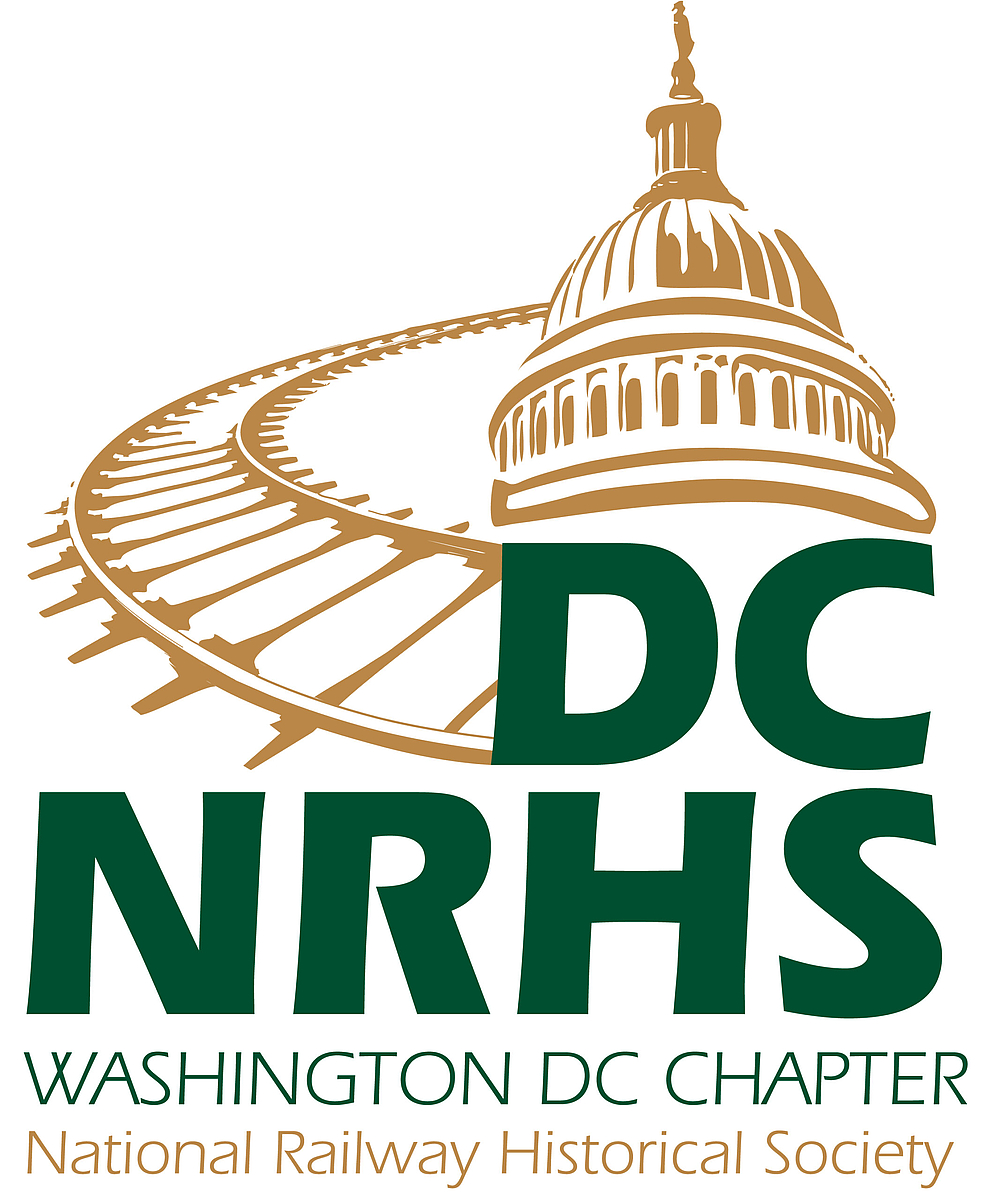TinyCat’s Library of the Month is all about fun and games! Or, rather, the particular card game of Bridge (formally known as Contract Bridge). The Toowong Bridge Club based out of Brisbane, Australia has been using TinyCat since 2021 to make sure their members can always access the library to advance their skills.
I had the pleasure of interviewing Toowong Bridge Club Librarian Jill Duffield for the feature, and here’s what she had to say:
Who are you, and what is your mission—your “raison d’être”?
The Mission of the Toowong Bridge Club, by implementing TinyCat, was to make the library more accessible to the 800+ members so they could improve their game of Bridge.
Tell us some interesting things about how your library supports the community, and feel free to share how you got started with TinyCat.
Before we moved to automating the TBC Library there were over 800 books on the game of Contract Bridge that had been collected over the years since the Toowong Bridge Club opened in 1965. Members were able to browse the physical shelves of the Library for 30 minutes before each game started. They were assisted by volunteers on different days who recorded books that were borrowed on a borrowers’ sheet. When the books were returned, these books were crossed off this sheet. Members did have access to a simple printed subject catalogue at this time.

In 2020 I was asked by the TBC Committee to investigate an affordable way to automate the Library. After looking at over eight free or very inexpensive systems, I recommended the Club use TinyCat. I then spent almost a year cataloguing each Bridge book. I tried to provide a recognisable tag for every chapter of every book. Some books have up to 20 tags attached to them. I was conscious that I needed to keep these tags consistent as I worked and we now have over 100 tags that can be attached to books. Members appreciate that they can search via the tags as well as via title or author.
When I had completed adding the books to TinyCat, I sent the link to the catalogue to all members. Initially it was intended that the books would be signed out using the barcode reader but it was decided with the number of different volunteers assisting with the library, it was easier to continue using the “Borrowers’ Record Sheet” and this appears to work well for us. Members now look at the website at home and come to the club to ask to borrow particular books after noting their call numbers. We are very pleased with the look of the TinyCat website and the access it gives members to our collection.
What are some of your favorite items in your collection?
The newest books by Barbara Seagram appear to be the most popular so I have purchased them in multiple copies. I also run the “Book Stall” stand in the Toowong Bridge Club, where members donate their fiction books which we “sell” for $1 per book. The money raised is used to buy new books for the Bridge Club Library.
What’s your favorite thing about LibraryThing and TinyCat, is there anything you’d love to see implemented or developed?
My favourite thing about TinyCat is the fact that it is so easy to add books to the catalogue. I love that you can search for a new book and just add it to TinyCat without having to do a full catalogue. I then edit the record by adding the call number, tags, barcode and photo if necessary. I found the ease of arranging the look of the TinyCat web page, that is seen by the elderly borrowers, was great too. I left out a lot of information that I knew they would not need so the page remains clear.
Yes, I highly recommend LibraryThing for small libraries. I have been using my personal account since about 2011 to keep track of my novel reading too. Thank you Kristi and your team!
I’m so glad TinyCat has worked so well for your Bridge Club and its members!
Want to learn more about the Toowong Bridge Club?
Visit their website at https://www.toowongbridgeclub.com/index.asp, and check out their full TinyCat collection here.
To read up on TinyCat’s previous Libraries of the Month, visit the TinyCat Post archive here.
Want to be considered for TinyCat’s Library of the Month? Send us a Tweet @TinyCat_lib or email Kristi at kristi@librarything.com.
























